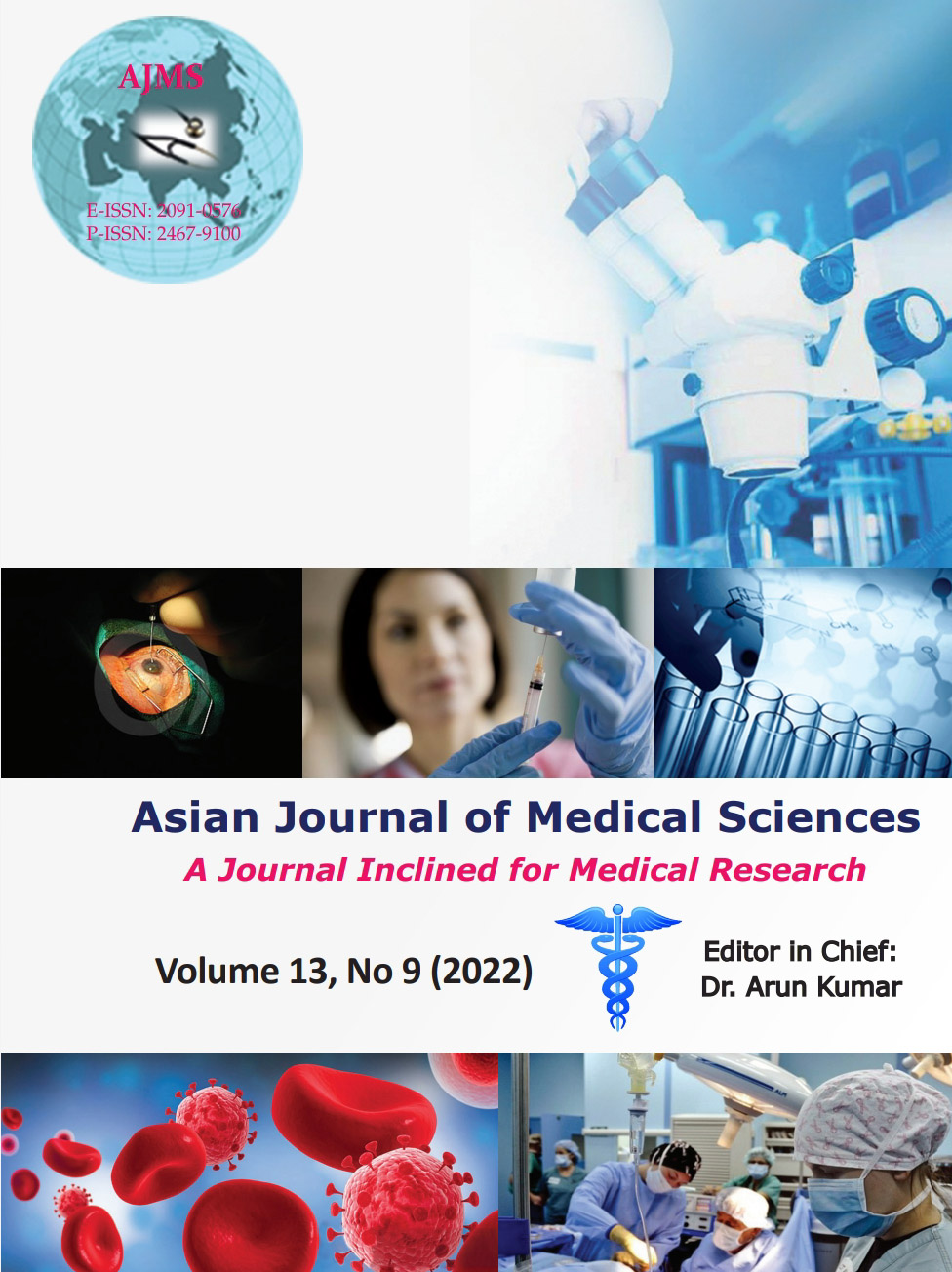A study to evaluate the relationship between diabetes mellitus and cognitive dysfunction
Keywords:
Cognitive impairment; Diabetes; Screening by Mini-Mental State Examination scoreAbstract
Background: Diabetes mellitus (DM) is the most common endocrine disorder. It leads to slow progressive end-organ damage (both microvascular and macrovascular). The cognitive dysfunction is a less known and less addressed complication of DM.
Aims and Objectives: This study aims to evaluate the cognitive dysfunction in the patient with DM and to assess the cognitive dysfunction by Mini-Mental State Examination (MMSE) of the patients who are suffering from DM.
Materials and Methods: A total of 979 diabetic patients were screened for cognitive dysfunction using MMSE score. The patients were evaluated as per the history. MMSE is a 30-point questionnaire which is mainly used to measure the cognitive impairment.
Results: A total of 979 diabetic patients were included in the study out of which 44.7% of the patients were found to have cognitive dysfunction. Cognitive impairment was more prevalent in female diabetics (51%) as compared to male diabetics (39.8%). The result is significant at P<0.05. Patients with longer duration of diabetes had much higher incidence of cognitive impairment (80.9%) as compare with the patients with short duration of diabetes which has lesser incidence of cognitive impairment (16.2%). P<0.001 was considered statistically significant.
Conclusion: Majority of the subjects suffering from DM have concomitant cognitive impairment. There is a significant cognitive impairment seen in subjects with DM. Early recognition and management of the cognitive dysfunction will help in improving quality of life.
Downloads
Downloads
Published
How to Cite
Issue
Section
License
Copyright (c) 2022 Asian Journal of Medical Sciences

This work is licensed under a Creative Commons Attribution-NonCommercial 4.0 International License.
Authors who publish with this journal agree to the following terms:
- The journal holds copyright and publishes the work under a Creative Commons CC-BY-NC license that permits use, distribution and reprduction in any medium, provided the original work is properly cited and is not used for commercial purposes. The journal should be recognised as the original publisher of this work.
- Authors are able to enter into separate, additional contractual arrangements for the non-exclusive distribution of the journal's published version of the work (e.g., post it to an institutional repository or publish it in a book), with an acknowledgement of its initial publication in this journal.
- Authors are permitted and encouraged to post their work online (e.g., in institutional repositories or on their website) prior to and during the submission process, as it can lead to productive exchanges, as well as earlier and greater citation of published work (See The Effect of Open Access).




